First, learn the correct techniques. You can not practice a skill you don’t understand.
Just riding around practicing “cornering” when you don’t know;
- what the GOAL of the skill is,
- the STRATEGY to achieve that goal is,
- how to “DO” the skill,
- what your EYES should be doing,
- the POSITION your body should be in and why,
- what your HIPS are doing,
- what your FEET are doing,
- where your WEIGHT should be,
- when to stop BRAKING,
- whether to PUSH OR PULL, (push or pull what?),
- etc.,
If you don’t know how the skill should feel or how it should look, it is a big waste of time.
Use my tutorials to learn how to practice:
- Descending body position: Have a look here.
- Manual up an obstacle: Have a look here.
- Descending a steep obstacle: Have a look here.
- Braking: Have a look here.
- How to bump jump: Have a look here.
Why try to reinvent something that has been studied and perfected for over 22 years when you can have an expert teacher explain it to you?
Remember: practicing incorrectly will simply further ingrain bad habits.
In a previous article, I explained the MTB skills you want to practice and ranked them by importance. Read my article here.
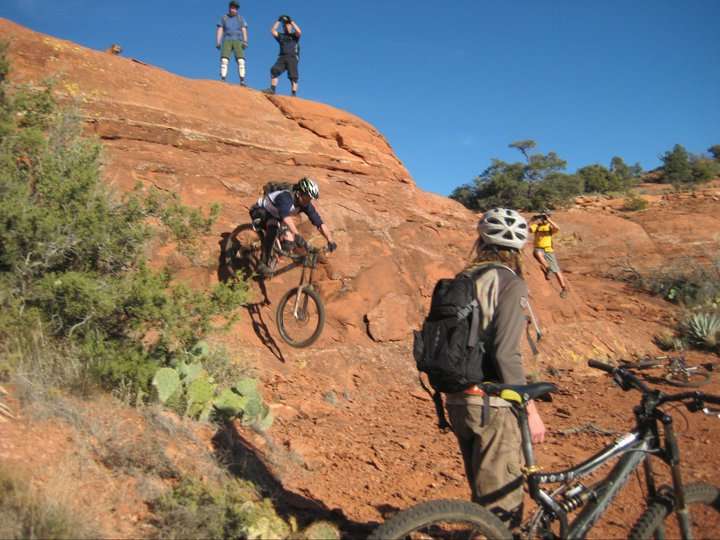
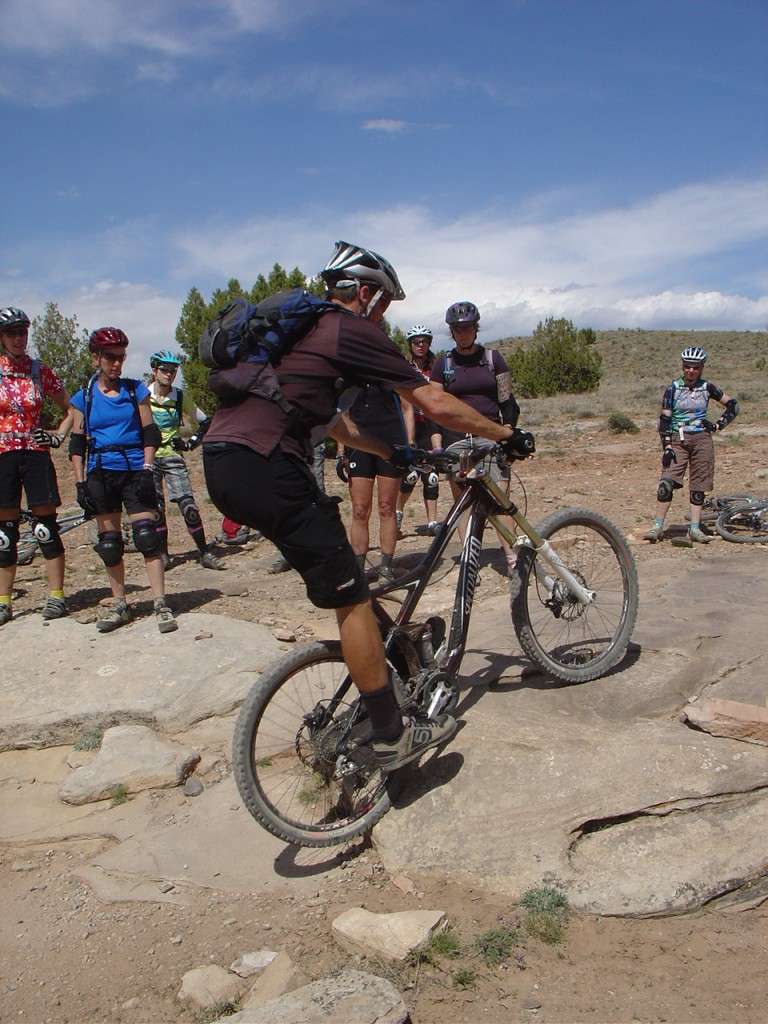
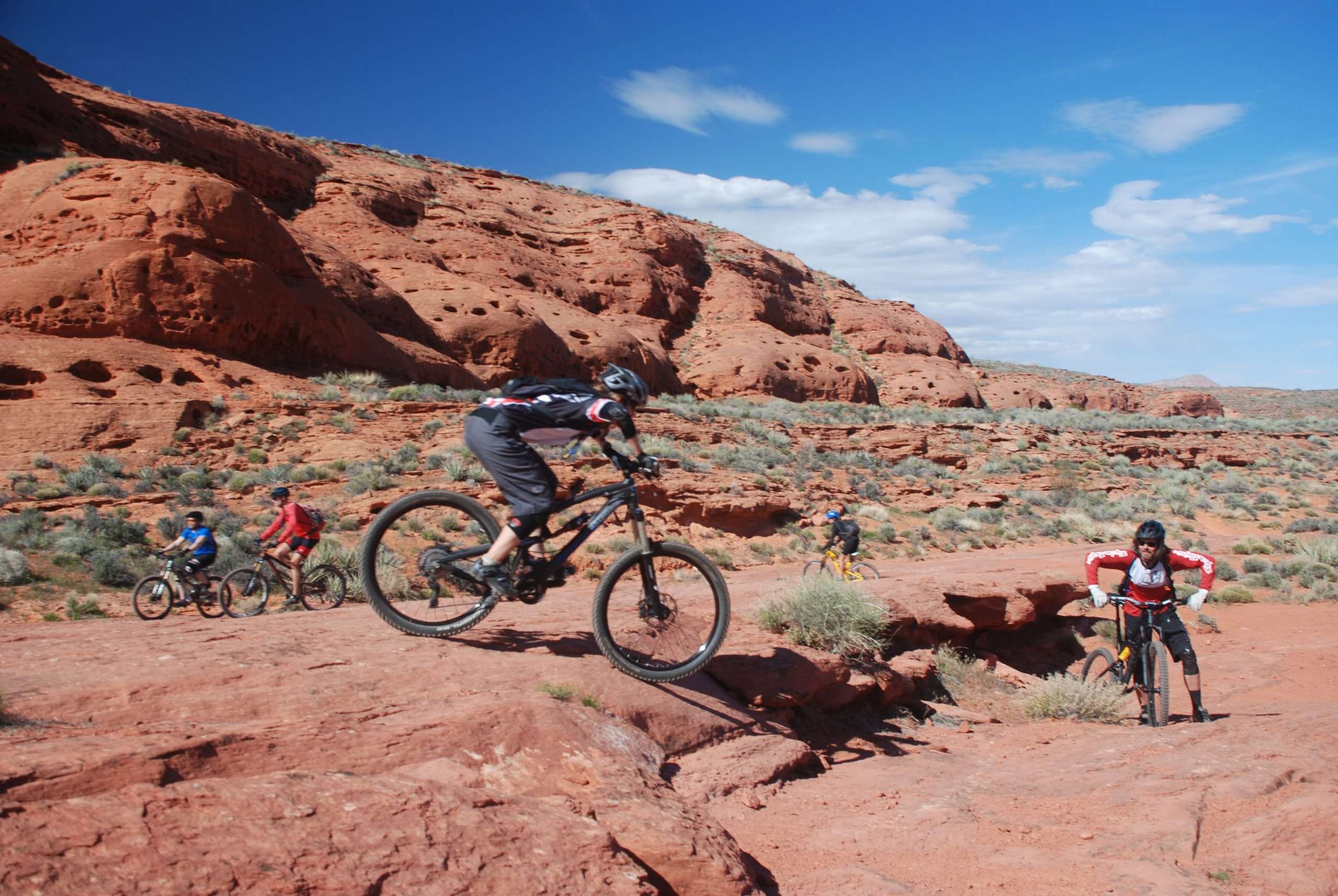
This is HOW to practice your MTB skills:
1. Practice the skills in a safe environment like a parking lot or road with a gentle grade.
This is the best way to practice. Done well, this will raise your ability to execute core mountain biking skills perfectly. Perfect practice makes perfect! This is the ONLY way to make a new technique your dominant habit.
Until your “circuit” for the new skill becomes more insulated than your old habit, the old habit will fire when not 100% focused on the skill. That is most of the time when riding a trail, so you need to practice in a controlled environment where you can practice with a focus on quality execution.
It is very hard to focus on technique while riding a narrow trail with rocks, roots, exposure, dips and anything else that might cause you concern.
To make the proper technique circuit fire correctly all the time, it must be trained so well that it becomes automatic.
This is also excellent for riders with great skill. Done well, this will maintain or raise your ability to execute core mountain biking skills perfectly. Perfect practice makes perfect!
Once a technique becomes your dominant habit it will start firing correctly all the time.
“Amateurs practice until they get it right, pros practice until they can’t get it wrong”
2. Once the skills start to feel automatic, practice applying your skills on a trail that is easy for you to ride.
You may notice that you are not executing the skills as well or as consistently as you were in a safe environment. This is normal and to be expected. It simply shows that some of the new skills you are working on aren’t firing consistently yet.
This just means you need to keep practicing these skills by doing drills away from the trail to further engrain these skills. You can do your drills as part of your warmup in the parking lot and then continue your warmup by doing your best to apply the skills on an easy trail.
3. When you feel that you are consistently doing your skills well on an easy trail, start testing them on more challenging trails.
Done well, this will raise your ability to execute the skills you have ingrained correctly through practice.
“Done well” means not “riding the trail”, it means stopping, focusing on one skill for a short section of the trail: “I’m going to look ahead where I should be looking throughout this rock garden”. Then after practicing it, stopping and taking note of how that practice session went: “I looked ahead the entire time and felt smoother than ever!” or, “Darn, when it got steep I looked down at that one big rock in the middle”.
This is not helpful if you are still struggling to execute your skills properly on an easy trail. This will ingrain doing skills incorrectly. If you can’t consistently perform the skill well in a parking lot much less on an easy trail, you will revert to survival instincts on a gnarly trail. This also decreases your confidence and raises your fear.
FAQ: “I saw an EWS Pro doing an interval before practicing a challenging downhill, should I do that too?”
Practicing while tired is excellent if you have the core skills wired on challenging trails. It will raise your ability to execute skills you have ingrained correctly when you are fatigued and/or in a race.
If you can’t consistently perform the skill well when alert and feeling strong, you will perform sloppily at best when tired. Save practicing while fatigued for when you feel you have mastered the skill/s needed.
Please share this article with anyone you think may benefit and feel free to call or e-mail with any questions.
Cheers
Gene

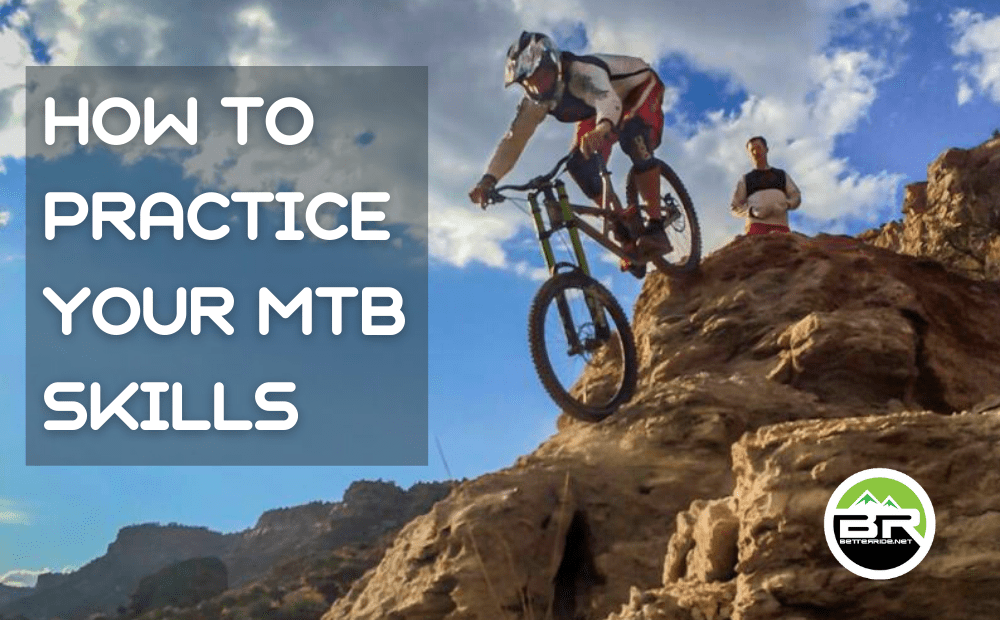
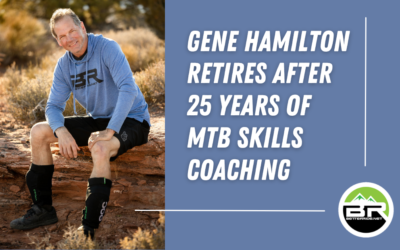
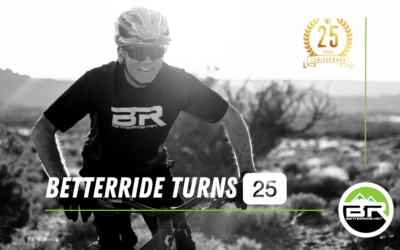
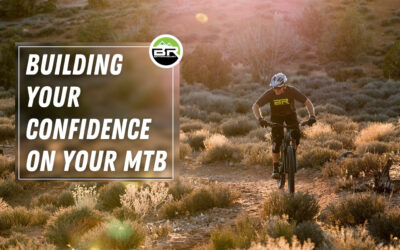
Comments